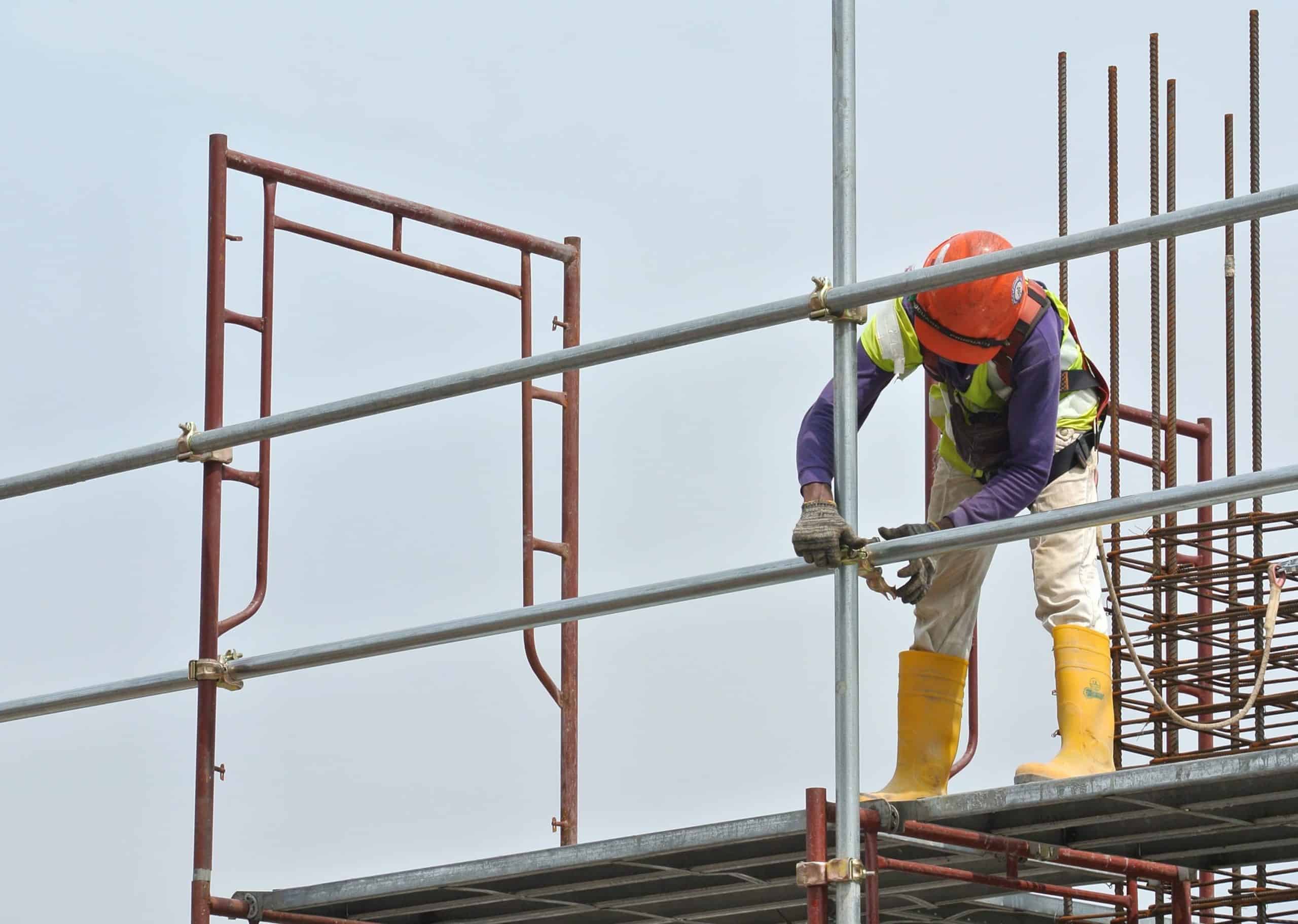
When people hear about height safety training, they often picture workers on scaffolding, rooftops, or high-rise construction sites. However, in the UK, the Work at Height Regulations 2005 broaden the definition of working at height. It also includes any location where someone might fall and get hurt, even if that place is below ground level.
This means that height safety training is just as essential for those entering pits, tunnels, tanks, or shafts as it is for those operating on elevated structures. If your team works in these environments, having the right training isn’t just a good idea; it’s a legal must.
In the UK, height safety training provides workers with essential skills to avoid falls and comply with Health and Safety Executive (HSE) regulations.
This training encompasses several vital areas: assessing risks and identifying hazards, creating safe systems for accessing and exiting work areas, and understanding fall prevention and arrest systems such as harnesses, anchor points, guardrails, and ladders.
Additionally, it includes emergency planning and rescue protocols.
The fundamental principle behind the Work at Height Regulations 2005 is straightforward: wherever possible, avoid working at height. If it cannot be avoided, then effective control measures and proper training are absolutely necessary.
The HSE has stated clearly: there’s no specific height requirement to consider someone as working at height.
You are deemed to be working at height if you find yourself in any of these situations: being above ground level where a fall is possible, working at ground level but close to an opening like a trench or service pit, or even below ground level where you might fall into a shaft, trench, or tank.
What this means in real terms is that if there’s a chance of injury from a fall, regardless of whether it’s less than one metre, precautions must be taken.
In underground settings, falls pose particular risks because of factors such as hard or uneven surfaces, which make rescue efforts tough, and the potential presence of water, gas, or machinery.
For this reason, it’s essential that workers who enter underground areas receive proper height safety training.
In the UK, several industries require training to ensure safety while working below ground.
Here are some sectors where height safety training is crucial:
Beyond just meeting regulations, investing in height safety training brings numerous benefits to businesses:
In the UK, height safety training is essential for more than just those working on scaffolds or rooftops. It’s crucial for individuals operating underground or in any other hazardous environment where a fall could result in significant injury.
This is where Leading Edge Safety can help. Leading Edge courses go beyond the usual height safety training by offering a mix of practical instruction, compliance with legal standards, and premium safety gear – all in one place. Whether you require basic awareness training for working at height, rescue training, or the equipment to prevent falls, both above and below ground, Leading Edge Safety has you covered.
When you opt for Leading Edge Safety, you can expect: courses led by experts that align with UK regulations (including the Work at Height Regulations 2005), equipment and personal protective equipment (PPE) that is not only tested but also suitable for its intended use and properly maintained, and hands-on training for rescue and emergency situations, crucial when working in pits, shafts, or below ground level.
To keep your workforce safe, whether above ground or below, it’s vital to partner with a provider who comprehensively understands height safety, from identifying risks to implementing rescue protocols. Contact Leading Edge Safety to discover an expert range of height safety training programs and equipment, and learn how they can customise solutions to address the specific risks in your workplace.
Copyright 2025 Leading Edge Safety. Devloped by Czargroup Technologies
